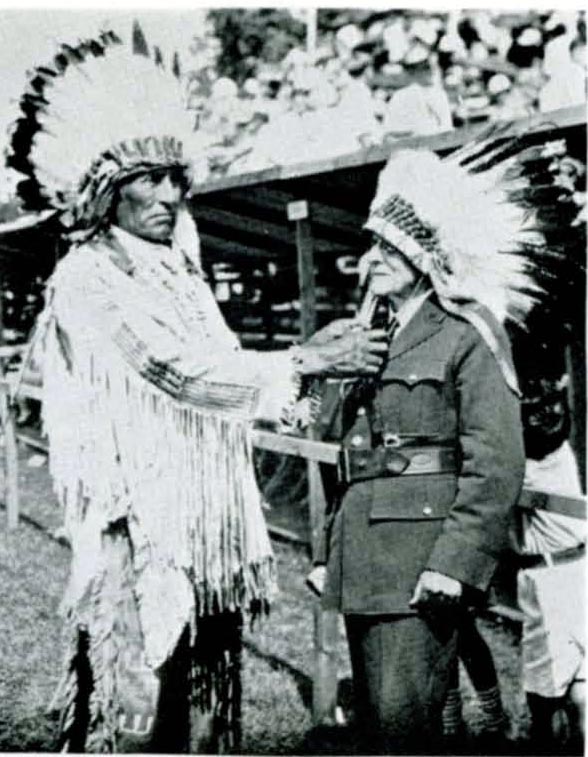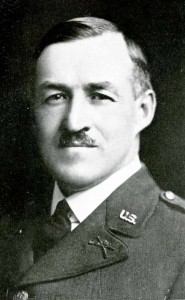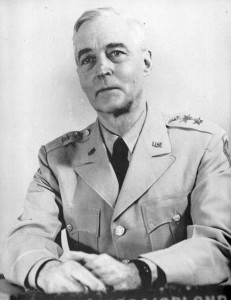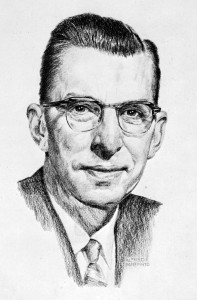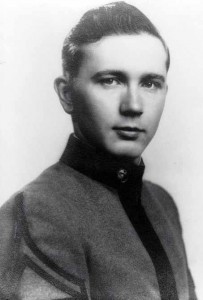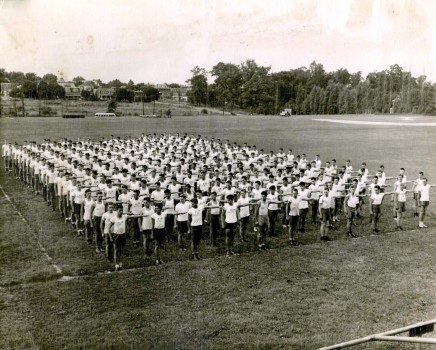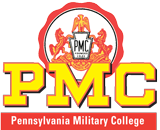The school moved to Chester in 1865 and occupied the facilities of the Crozer Normal School. In 1867, Colonel Hyatt sought a more permanent location for the school. After a thorough search an area of approximately 20 acres, with an unobstructed view of the Delaware River, was chosen.
John Crump, a well-known Philadelphia architect, was selected to design the building. His work, including the Union League, is often considered to be a prime example of the Philadelphia style during the later portion of the 19th century. The Chester Evening News described the building as being “of brick and granite, and in size about on hundred and fifty feet by sixty-seven feet, and five stories in height. It was not only built in the most substantial manner but it … was elaborate and an ornament to the city.” The dedication of the building occurred at the Commencement ceremony, June 24, 1868.
Shortly after 5:00 p.m. on February 1882, a fire in the fifth floor science lab was discovered. Despite the best efforts of everyone, the fire consumed the building. Cadets were sent home, but returned a few weeks later and resumed their studies at the Ridley Park Hotel.
Plans to rebuild were made immediately. John Crump was again engaged to design and rebuild the new building. In the 1882 Course Catalogue the new building was described:
It has been enlarged, greatly improved in architectural appearance, and has received the full benefit of many internal changes suggested by an experience of upwards of thirty years in school work. The ample stairways, that gave such security to the old structure, have been supplemented by suitable fire escapes, and heavy firewalls introduced, rendering it almost absolutely safe from disastrous conflagration. The Laboratory, situated at a safe and convenient distance from the main building, will contain a superior equipment of modern appliances for experiment and research in the departments of applied chemistry.
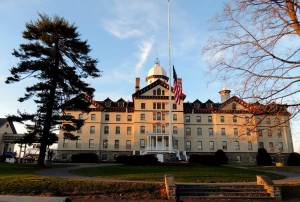 Seven months after the fire, cadets took up residence in the new building. The main entrance soon became known as the “Main Building.” It was not until the 1900’s that it became affectionately known as Old Main.
Seven months after the fire, cadets took up residence in the new building. The main entrance soon became known as the “Main Building.” It was not until the 1900’s that it became affectionately known as Old Main.
A team of Philadelphia architects spent 2 months examining Old Main in 1978. They took paint scrapings, tested the condition of the roof and ornamental trim, studied the stability of the dome and front balustrade and investigated the strength of the stone foundation. After this careful review of the findings, the National Park Service announced that Old Main and the Chemistry Building had been added to the National Register of History Places.
Since 1868, Old Main has been a witness to the distinguished history of PMC. Today, Old Main continues its silent watch.
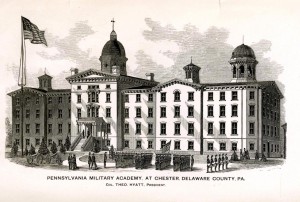
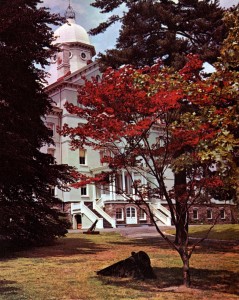
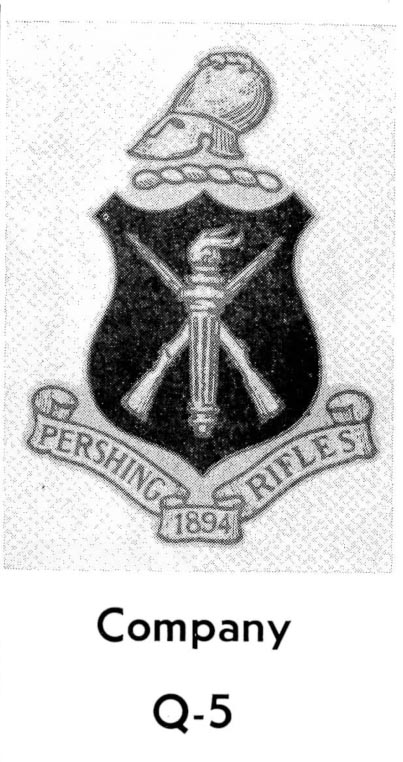

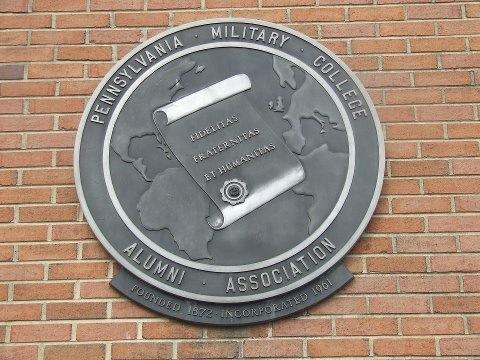
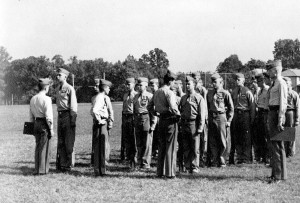
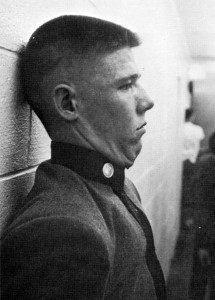
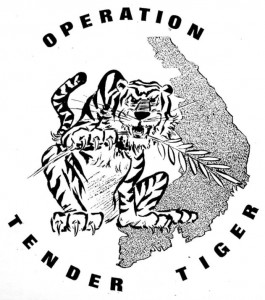
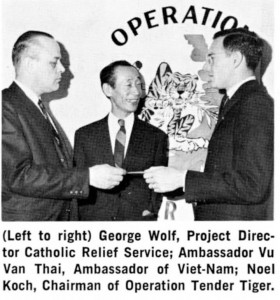 The original goal was to raise $5,000 through a variety of campus fund-raisers. The support for Operation Tender Tigers grew quickly. Besides organizing an auction featuring many PMC’s notables, buttons were sold; a folk festival and dances were organized and community groups also stepped forward. Garnet Valley High School in Glen Mills sent 75 dollars. The effort was also recognized and commended by Pennsylvania Governor William Scranton. Soon support for Operation Tender Tiger was on the campuses of Delaware, West Chester and Villanova.
The original goal was to raise $5,000 through a variety of campus fund-raisers. The support for Operation Tender Tigers grew quickly. Besides organizing an auction featuring many PMC’s notables, buttons were sold; a folk festival and dances were organized and community groups also stepped forward. Garnet Valley High School in Glen Mills sent 75 dollars. The effort was also recognized and commended by Pennsylvania Governor William Scranton. Soon support for Operation Tender Tiger was on the campuses of Delaware, West Chester and Villanova.
